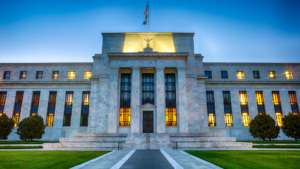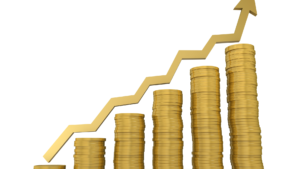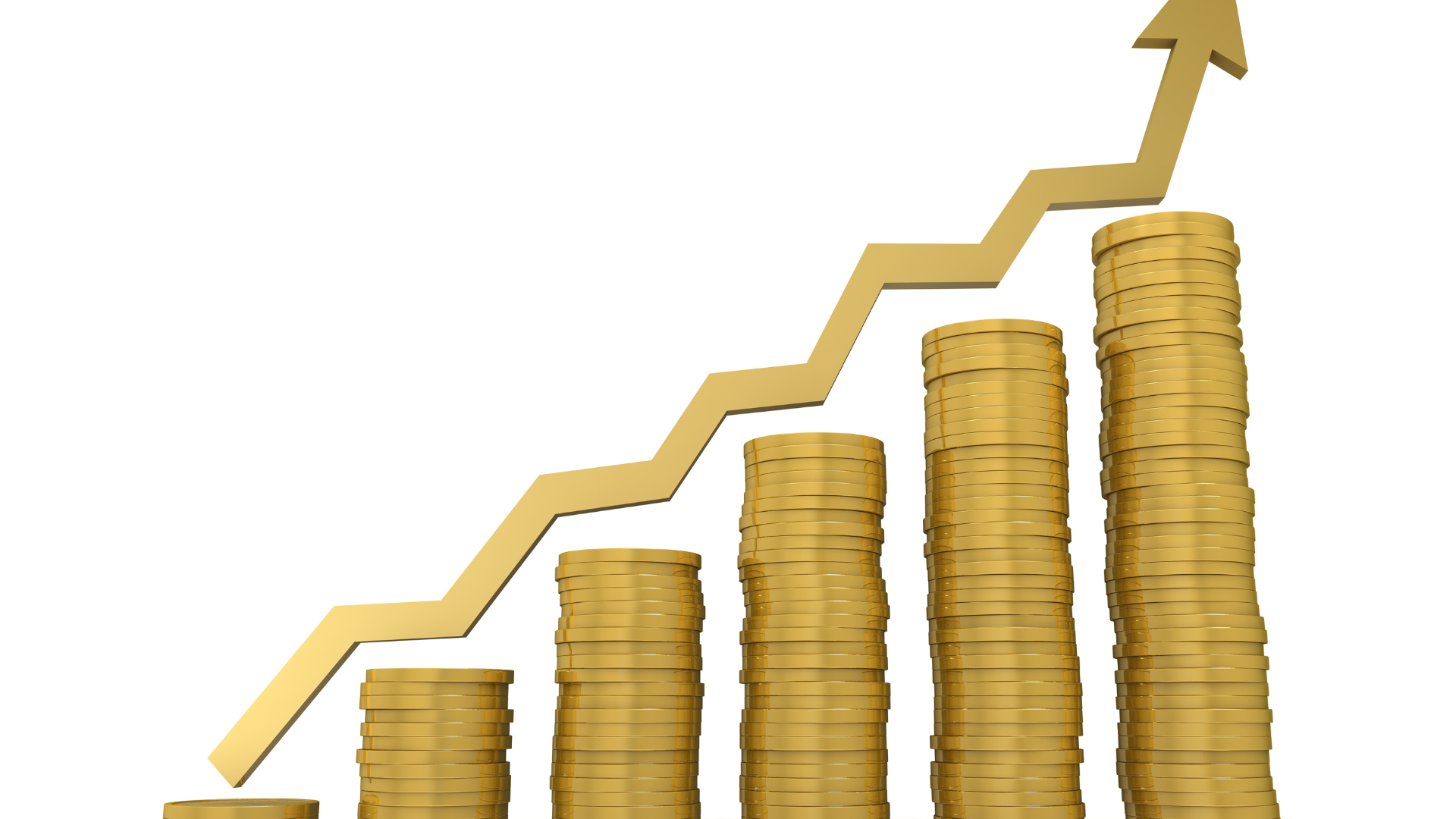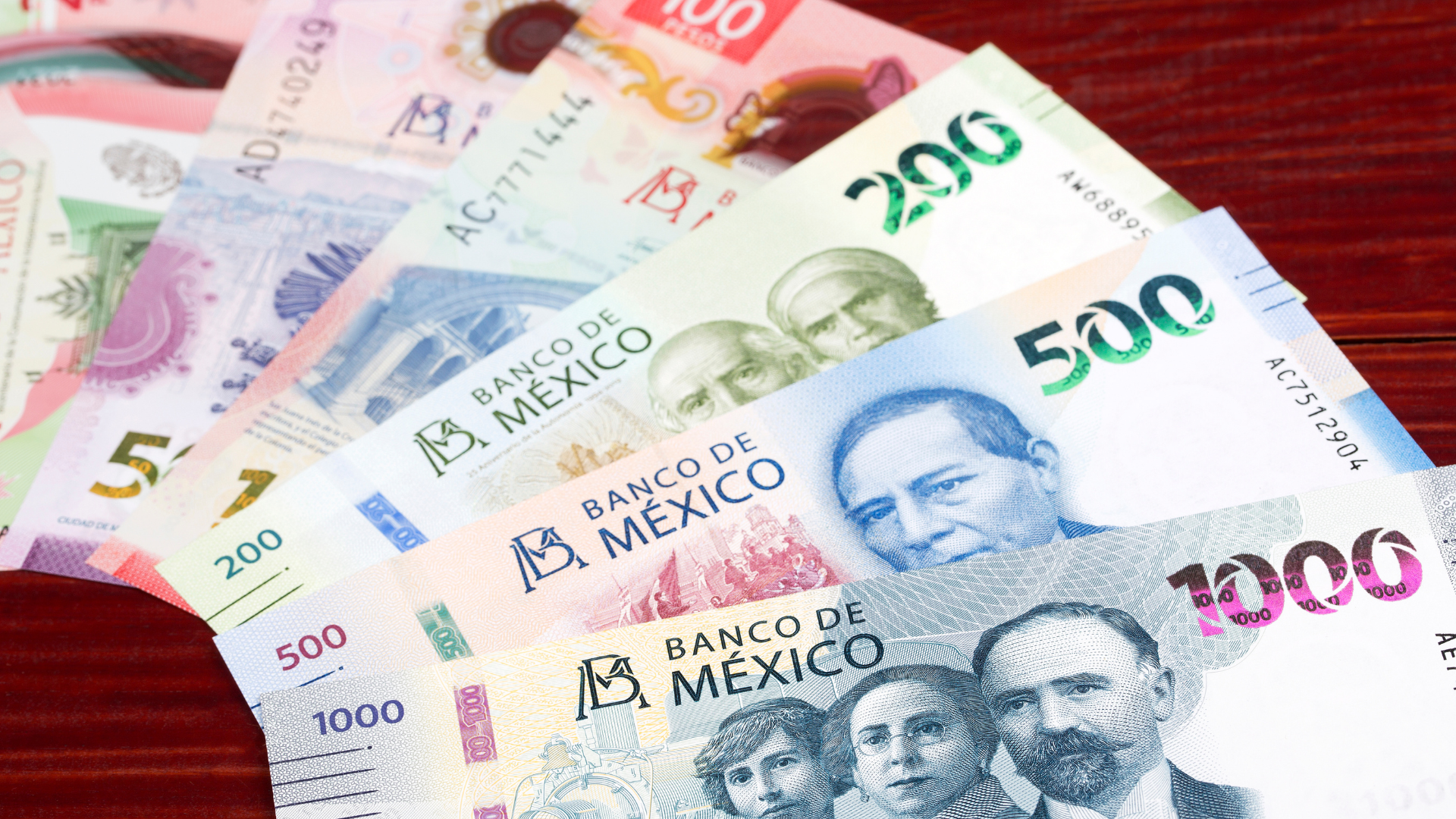The EUR/USD pair fell to a fresh 16-week low, continuing its downward trajectory as concerns over Europe’s economic outlook weigh on the euro. The pair’s slide underscores persistent pressure on the single currency, driven by weak growth data and dovish signals from the European Central Bank (ECB).
The euro has been struggling to gain traction in recent weeks, with economic indicators pointing to a slowdown in key Eurozone economies, particularly Germany. Additionally, the ECB’s cautious stance on future rate hikes has further dampened investor sentiment, pushing the euro lower against the U.S. dollar.
Meanwhile, the U.S. dollar remains buoyed by expectations that the Federal Reserve will maintain a higher-for-longer interest rate policy. Despite some softening in inflation data, the resilience of the U.S. economy has kept the greenback strong, exerting downward pressure on the euro.
Market participants are now closely watching upcoming Eurozone inflation and growth figures, as well as any new commentary from ECB officials. The central bank’s ability to balance supporting growth while managing inflation will be crucial in determining the euro’s near-term outlook.
For now, the EUR/USD remains vulnerable to further declines, especially if the economic divergence between the Eurozone and the U.S. continues to widen. Traders will be paying close attention to any signs of stabilization in Europe’s economy, but for now, the pair’s bearish momentum appears firmly in place.






















